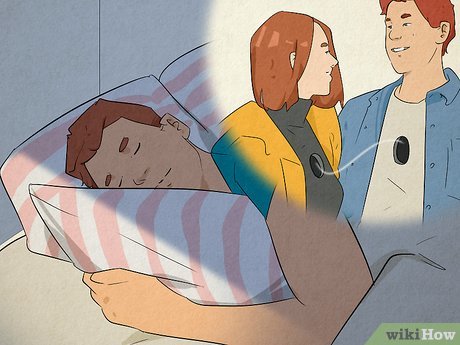Bro Ho

In recent years, a new cultural phenomenon has emerged, challenging traditional notions of masculinity and friendship: the “Bro Ho.” This term, a fusion of “bro” (a casual term for a male friend) and “ho” (short for “homie”), signifies a unique blend of camaraderie, emotional support, and shared experiences among men. While the concept of close male friendships is not new, the Bro Ho culture represents a departure from conventional stereotypes, offering a more nuanced understanding of masculinity in contemporary society.
Historically, male friendships have often been characterized by surface-level interactions, centered around shared activities like sports, drinking, or gaming. Emotional vulnerability and deep conversations were typically considered taboo, leading many men to maintain a facade of stoicism and emotional detachment. However, as societal attitudes evolve and gender roles become more fluid, there has been a growing recognition of the importance of genuine connections and emotional intimacy among men.
The Bro Ho culture embodies this shift, emphasizing the value of authentic friendships characterized by mutual respect, support, and vulnerability. Unlike traditional male bonding rituals that prioritize competitiveness and bravado, Bro Ho relationships are built on empathy, understanding, and a willingness to engage in meaningful dialogue. This inclusive approach to friendship transcends barriers of race, sexuality, and background, fostering a sense of belonging and community among participants.
One of the defining features of the Bro Ho culture is its rejection of toxic masculinity—a set of norms and behaviors that promote aggression, dominance, and emotional suppression among men. Instead of adhering to rigid gender expectations, Bro Hos embrace their emotions openly, expressing love, affection, and concern for one another without fear of judgment or ridicule. This emotional honesty fosters deeper connections and fosters a sense of brotherhood that transcends traditional boundaries.
Moreover, the Bro Ho culture challenges stereotypes surrounding male sexuality and intimacy. While society often equates male friendships with a lack of physical affection or closeness, Bro Hos defy these norms by embracing physical touch as a natural expression of camaraderie and affection. Whether it’s a hug, a high-five, or a playful punch on the shoulder, physical contact serves as a tangible symbol of solidarity and support among Bro Hos, reinforcing their bond and strengthening their connection.
Furthermore, the Bro Ho culture promotes inclusivity and diversity, welcoming individuals from all walks of life into its fold. Unlike exclusive male cliques that prioritize conformity and exclusion, Bro Ho groups celebrate differences and encourage members to embrace their unique identities. Whether you’re a jock, a geek, an artist, or a scholar, there’s a place for you in the Bro Ho community, where acceptance and understanding reign supreme.
In addition to fostering personal growth and emotional well-being, the Bro Ho culture has broader implications for society as a whole. By challenging traditional notions of masculinity and friendship, Bro Hos are paving the way for a more inclusive and compassionate future, where men feel empowered to express themselves authentically and forge meaningful connections with others. This cultural shift has the potential to break down barriers, reduce stigma, and create a more tolerant and empathetic society for future generations.
However, despite its many benefits, the Bro Ho culture is not without its challenges. Like any social movement, it is susceptible to co-optation and dilution by mainstream forces seeking to capitalize on its popularity. As the concept gains traction in popular culture, there is a risk of it being reduced to a superficial trend, stripped of its original meaning and significance. To preserve the integrity of the Bro Ho culture, it is essential for participants to remain vigilant and committed to its core values of authenticity, inclusivity, and empathy.
Moreover, the Bro Ho culture must confront issues of privilege and power dynamics within its ranks. While it strives to be inclusive and egalitarian, it is essential to recognize that not all members may have the same level of access to resources and opportunities. Intersectionality— the interconnected nature of social categorizations such as race, class, and gender— must be taken into account to ensure that the Bro Ho culture remains accessible and equitable for all.
Conclusion
The rise of the Bro Ho culture represents a significant paradigm shift in how we perceive male friendships and masculinity in modern society. By prioritizing authenticity, vulnerability, and inclusivity, Bro Hos are redefining the parameters of male bonding and challenging traditional stereotypes. As this cultural movement continues to evolve, it has the potential to foster greater empathy, understanding, and connection among men, ultimately contributing to a more compassionate and equitable world for all.





